Talk Overview
Many microscope objectives are equipped with collars that correct for spherical aberration induced by varying optical thicknesses of the sample substrate, distance between the sample and the substrate or temperature changes. This video tip describes how you set this correction collar to the position optimal for your sample.
Speaker Bio
Steve Ross
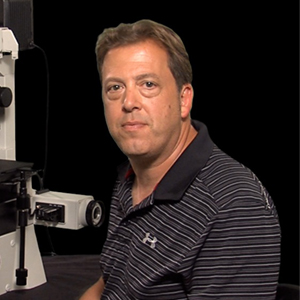
Stephen Ross is the General Manager of Product and Marketing at Nikon Instruments. He is also very involved in teaching microscopy at the Marine Biological Laboratory in Woods Hole and at the Bangalore Microscopy Course at the National Centre for Biological Sciences. Continue Reading
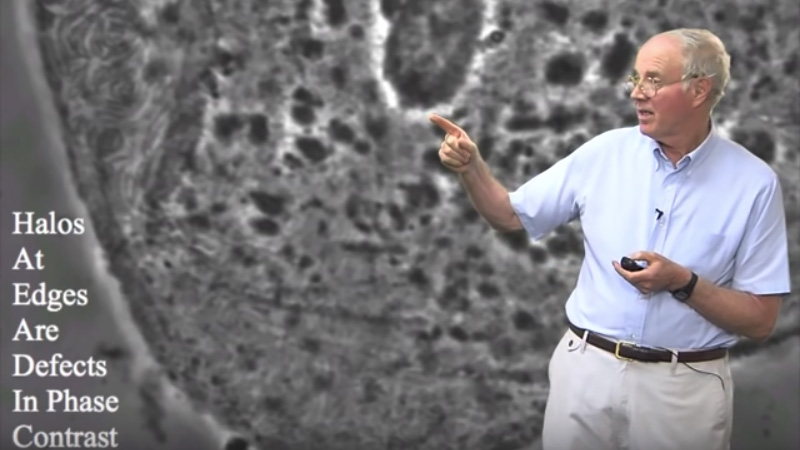
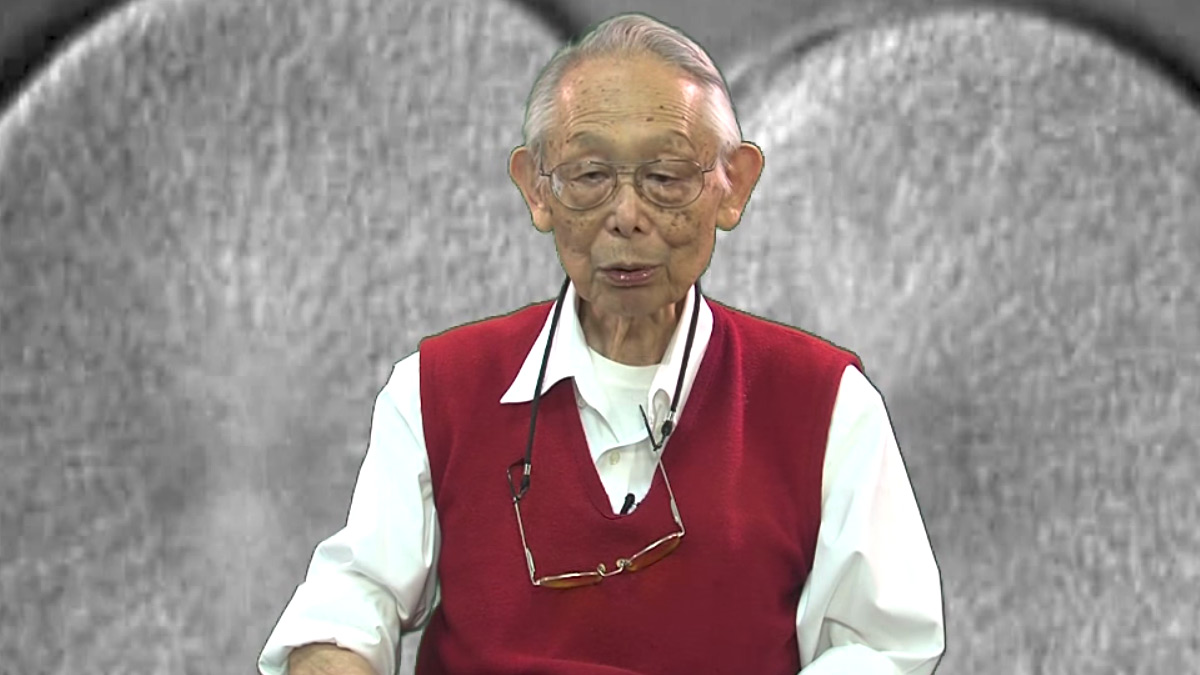
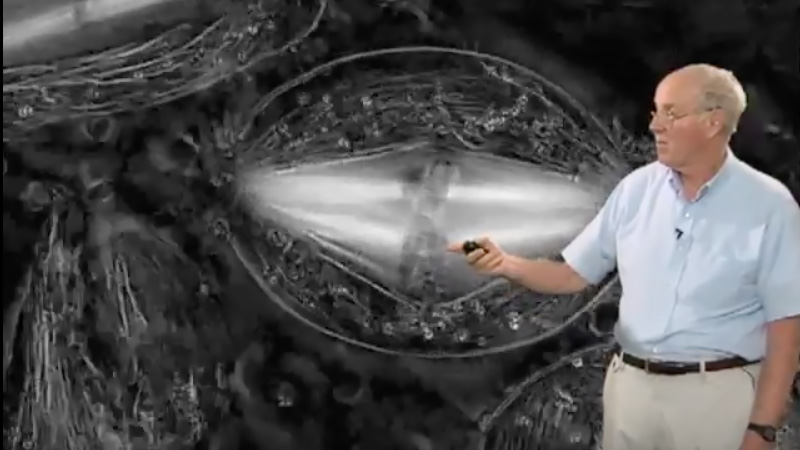
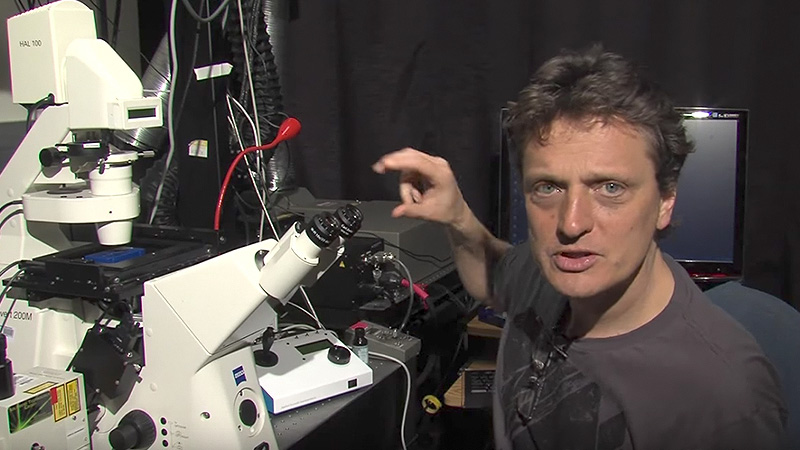




Leave a Reply